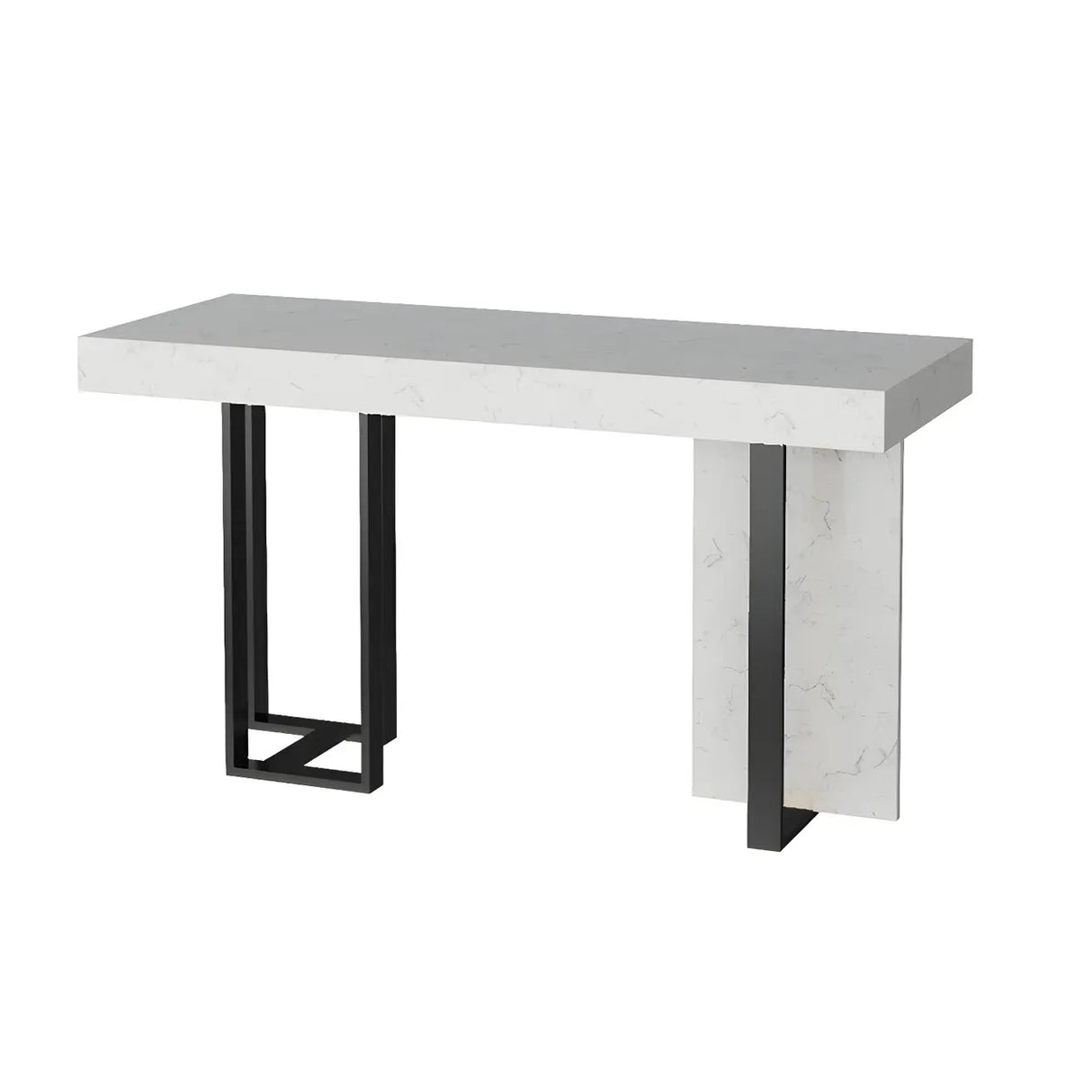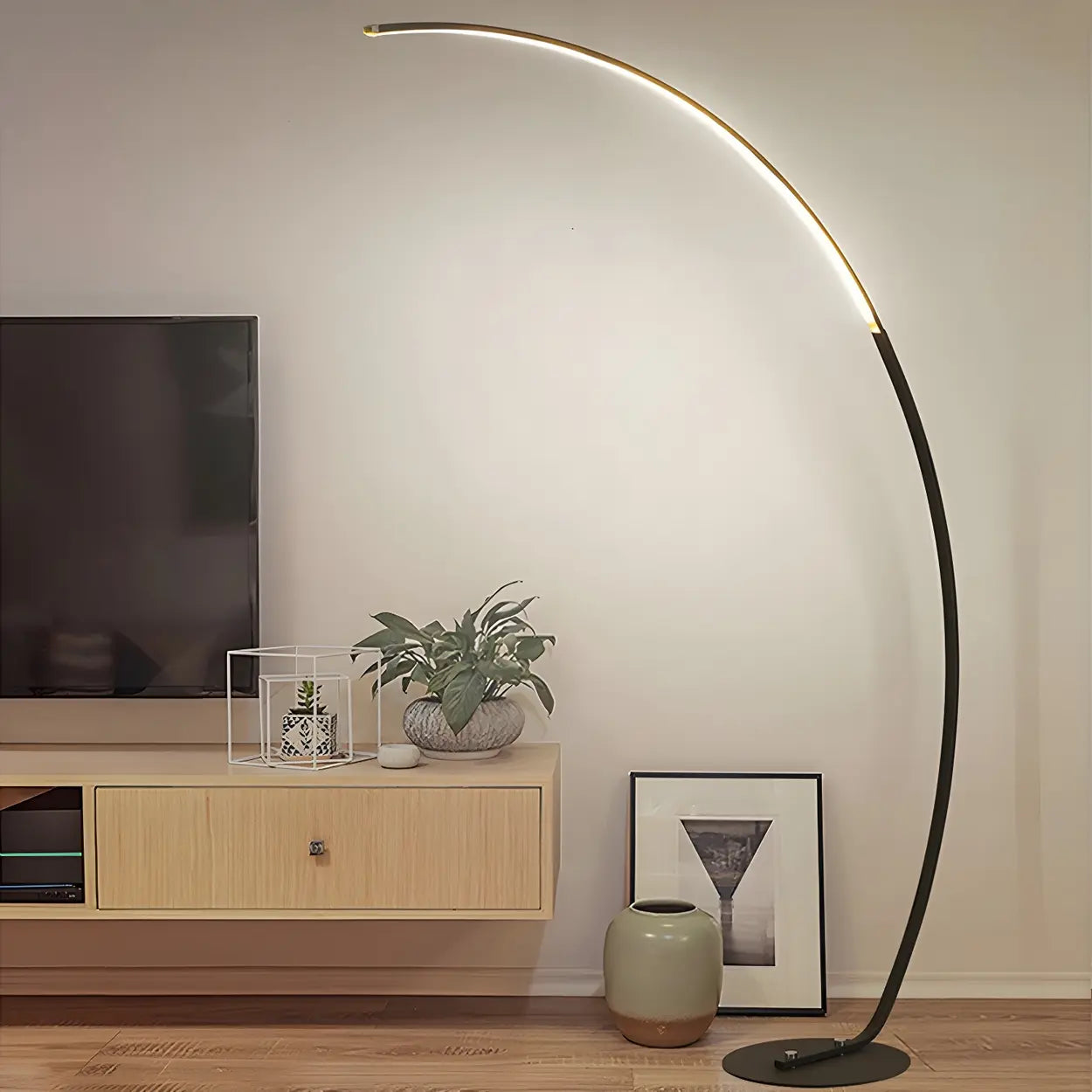A wobbly ceiling fan is annoying and can damage your motor or loosen mounting hardware over time.
The good news: learning how to balance a ceiling fan is simple. Most people can fix it in under half an hour by using basic tools. This guide shows you 4 methods to get your fan running smoothly and quietly again.
Table of Contents
- Why Your Ceiling Fan is Wobbling?
- Ceiling Fan Balancing Tools
- How to Balance a Ceiling Fan (2026 Ultimate Guide)
- Method 1: Basic method (try first)
- Method 2: Using a balancing kit (recommended)
- Method 3: DIY coin method (budget alternative)
- Method 4: Using an App(Reddit hot)
- When to Call for a Professional to Balance a Ceiling Fan?
Why Your Ceiling Fan is Wobbling?

Before jumping into balancing techniques, identify what's causing the wobble.
Common causes check
Most ceiling fan problems stem from these common issues:
Dust buildup on blades - The culprit. Uneven dust accumulation adds weight and creates imbalance, especially in homes with pets or high humidity.
Loose screws or mounting hardware - Vibration over time loosens blade screws, motor housing bolts, and ceiling mounting brackets.
Warped or damaged blades - Heat, moisture, or impact can bend blades, creating a permanent imbalance that cleaning won't fix.
Poor installation/inadequate electrical box - Fans require a ceiling box rated for moving loads. Standard light fixture boxes aren't strong enough.
Uneven blade alignment - Manufacturing defects or shipping damage can cause blades to sit at different angles.
Loose light kit or uneven bulb weights - Attached light fixtures with loose components or mismatched bulb types add unstable weight.
Before Starting: Prepare Ceiling Fan Balancing Tools
Gather these items before starting your repair:
- Step ladder
- Screwdriver set
- Cleaning cloths
- A measuring tape or ruler
- Balancing kit OR coins
- Double-sided tape
How to Balance a Ceiling Fan (2026 Ultimate Guide)
How to balance a ceiling fan with a balancing kit? How to balance a ceiling fan without a balancing kit? The answers are all below.
Method 1: Basic method (try first)
These simple steps fix 70% of wobbling fans. Complete all steps before moving to advanced balancing methods.
Step 1: Power off
Safety first! Turn off the power at the wall switch and wait for the ceiling fan to stop completely before beginning any work.
Step 2: Cleaning dust
Dust is usually the culprit. It builds up unevenly on the blades and throws everything off balance.
Grab a microfiber cloth and wipe down each blade, top and bottom. Make sure you clean them all the same way - no half-hearted swipes on some and deep scrubs on others. Sometimes this alone fixes the problem.
Quick test: Turn the fan back on after cleaning. If the wobble is gone, you're done!
Step 3: Tighten all hardware
Vibration over time loosens screws and connections. Use your screwdriver to check and tighten:
- Blade screws (where blades attach to blade brackets)
- Blade bracket screws (connecting brackets to motor housing)
- Motor housing screws
- Ceiling mounting screws and downrod connections
Test again: Run the fan at different speeds. Most of the shaking should be gone by now.
Step 4: Check if the blades are Level
Still wobbling? Time to see if your blades are sitting evenly.
Quick eyeball test: Stand under the fan and look up. Do all the blade tips look like they're at the same height?
For the detail-oriented: Use a tape measure to check the distance from ceiling to each blade tip. They should all be pretty much the same - no more than 1/8 inch difference between the highest and lowest.
If one blade measures 10 inches from the ceiling and another is at 10¼ inches, that ¼ inch gap is your problem.
For uneven ceiling fan blades height
For minor misalignment (under 1/4 inch) - Gently bend the blade bracket up or down. Apply steady, even pressure to avoid cracking. Make small adjustments and remeasure.
For damaged blades - If you notice cracks, warping, or significant bends in the blade itself, replace the blade rather than attempting repairs. Damaged blades can break during operation, creating serious safety hazards.
Important: Only attempt physical adjustments if you can clearly see one blade is higher or lower than the others when the fan is stopped.
When alignment doesn't help - If blades are properly aligned but wobbling persists, proceed to the balancing methods below.
Method 2: Using a balancing kit (recommended)

If basic troubleshooting doesn't fix the wobble, you have a weight balance problem. A balancing kit is the best solution.
What's in a ceiling fan balancing kit
A balancing kit contains balance clips for testing, adhesive weights for permanent attachment, and instructions.
Step 1: Find which blade needs weight
Attach the balance clip to the back edge of any blade, halfway between motor and tip. Turn fan on high for 30 seconds, then turn off. Check if wobble improved, got worse, or stayed the same.
Move clip to next blade and test again. Continue until you find the blade that reduces wobble when the clip is attached. This is the blade that needs permanent weight.

Step 2: Get the right pot
Keep the clip on the problem blade and move it to different spots along the blade. Try it closer to motor, then toward tip. Test fan after each position change. Mark the spot that gives the smoothest operation with tape.
Weight closer to motor has less effect. Weight toward tip has stronger effect.
Step 3: Apply permanent weight
Turn off fan and remove clip. Clean the marked area with damp cloth. Remove backing from adhesive weight and stick it on top of blade at marked spot. Press firmly for 10 seconds. Test fan at all speeds.
Pro tip: If one weight isn't enough, add a second smaller weight nearby. Don't use more than three weights per fan.
Method 3: DIY coin method (budget alternative)

Don't have a balancing kit? You can use household coins as weights. This method works just as well but takes a bit more trial and error.
Step 1: Choose your coin
Pick the right coin size for your fan. Start with a penny for smaller fans (42-48 inches), use a nickel for medium fans (52-56 inches), or try a quarter for larger fans (60+ inches).
Cut a 1-inch square of strong double-sided tape and stick the coin to the top of any blade, halfway between motor and tip.
Step 2: Test each blade
Run fan on high for 30 seconds, then turn off and check wobble. If there's no improvement, move the coin to the next blade. Continue testing each blade until you find one that reduces the wobble when the coin is attached.
Step 3: Find the best position
Once you know which blade needs weight, move the coin to different spots along that blade. Test closer to the motor for lighter effect, or toward the blade tip for stronger effect. Test each position until wobble is minimized.
Step 4: Make it permanent
Mark the best position with tape. Clean the surface with alcohol and attach the coin permanently with strong adhesive. Let the adhesive cure completely before testing.
Method 4: Using an App(Reddit hot)

Reddit users recommend using the app to balance ceiling fans quickly. The app uses your phone's camera to analyze wobble patterns and tells you exactly where to place weights.
Using step
Using the method is simple. Put a small dot of masking tape on the fan as a reference point. Open the app and point your camera at the spinning fan. The app tracks the wobble and calculates the precise location for weight placement.
You can try this if manual balancing doesn't work or if you have multiple fans to fix.
When to Call for a Professional to Balance a Ceiling Fan?
Stop DIY attempts and contact an electrician or handyman if you notice:
Excessive wobble after multiple balancing attempts - Over 1/2 inch of movement indicates serious structural or mechanical issues.
Strange noises from the motor - Grinding, squealing, or clicking sounds suggest internal damage.
Loose ceiling mounting - Any movement of the mounting bracket or visible ceiling damage around the electrical box.
Electrical concerns - Flickering lights, burning smells, or any sparking requires immediate professional attention.
Fans over 10 years old with persistent issues - Older fans may have worn internal components that make balancing ineffective.
Conclusion
Learning how to balance a ceiling fan is actually a way to add a little comfort and peace of mind to your daily life. The method is not complicated. Whether you use a balancer or a coin, as long as you try it a little, you can make the fan run quietly and steadily. Don't let that little shake affect your rest and mood. Now that you have mastered the trick, it's time to make the ceiling fan "turn" properly.
FAQ
How do you fix an unbalanced ceiling fan?
How do you fix an unbalanced ceiling fan?
To fix an unbalanced ceiling fan, first clean the blades, then tighten all screws. If it still wobbles, use a balancing kit or add small weights (like coins) to even out the blades.
How to tell which fan blade is out of balance?
How to tell which fan blade is out of balance?
To find the unbalanced fan blade, spin the fan slowly and watch for wobbling. Then, try adding a small weight (like a coin) to each blade one at a time to see which one reduces the wobble.
How to balance a ceiling fan without a balancing kit?
How to balance a ceiling fan without a balancing kit?
To balance a ceiling fan without a kit, clean the blades, tighten all screws, then use tape and coins to test weight placement on each blade until the wobble stops.




























































![10 Best Floor Lamp for Reading [2025 Review]](http://www.homebaa.com/cdn/shop/articles/banner_c990b0a4-4743-4902-b6be-5609f7a21a90.webp?v=1747357941)











![How to Choose the Coffee Table Height? [2025 Newest Guide]](http://www.homebaa.com/cdn/shop/articles/coffee-table-height.webp?v=1749523259)


















![10 Best Floor Lamp for Reading [2026 Review]](http://www.homebaa.com/cdn/shop/articles/banner_c990b0a4-4743-4902-b6be-5609f7a21a90.webp?v=1766393057)
![How to Choose the Coffee Table Height? [2026 Newest Guide]](http://www.homebaa.com/cdn/shop/articles/coffee-table-height.webp?v=1766393873)


